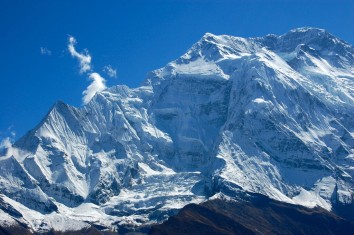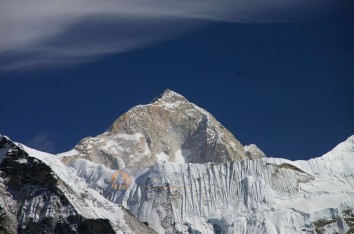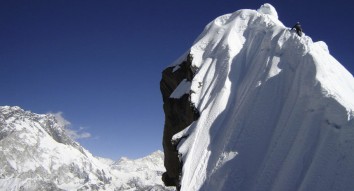Essential Gear for Trekking in Nepal

Essential Gear for Trekking in Nepal: What to Pack for Different Seasons
Trekking in Nepal is an adventure that draws enthusiasts from all corners of the globe. The country’s dramatic landscapes offer a variety of treks, ranging from the lush foothills of the Annapurna region to the rugged terrains of Everest Base Camp. Given Nepal’s diverse climate, which changes significantly with the altitude and the seasons, packing the right gear is essential for comfort and safety. Here’s your detailed guide on what to pack for trekking in Nepal during different seasons.
Understanding Nepal’s Trekking Seasons:
Spring (March to May): This season offers warm weather and the blossoming of rhododendrons, making the hills vibrant and colorful. The temperatures at higher altitudes are moderate, but it can still be chilly in the mornings and evenings.
Monsoon (June to August): Trekking during the monsoon can be challenging due to the rain, mud, and leeches, especially in the lower regions. However, some areas like Mustang and Dolpo are in rain-shadow zones, making them ideal for trekking in these months.
Autumn (September to November): Considered the best time for trekking in Nepal, the weather is clear and stable, and the views are often spectacular. Nights can be cold as the season progresses, especially at higher altitudes.
Winter (December to February): Winter brings cold weather, particularly at high altitudes, with some passes being closed due to snow. However, the lower trekking routes are still accessible and usually less crowded.
Essential Gear List:
Clothing for All Seasons:
- Base Layers: Breathable and moisture-wicking materials work best.
- Insulating Layers: Fleece or wool sweaters and trousers.
- Outer Layer: A waterproof and windproof jacket is essential. Pants should also be waterproof if you're trekking during the monsoon or winter.
- Headgear: A sun hat for sunny days and a warm beanie or hat for cold weather. A bandana or buff can be versatile for protection against the sun, dust, and cold.
- Handwear: Lightweight gloves for spring and autumn, and insulated waterproof gloves for winter treks.
- Footwear: Waterproof, sturdy trekking boots are crucial. Make sure they are well broken in to avoid blisters. Lightweight shoes or sandals are also good for evenings at the teahouses.
- Socks: Wool or synthetic socks that can wick away moisture, along with a few pairs of heavier socks for colder conditions.
Special Gear for Monsoon:
- Raincoat or Poncho: A durable raincoat or poncho will keep you dry and comfortable.
- Waterproof Backpack Cover: Protects your gear from rain.
- Gaiters: Helps to keep mud and water out of your boots.
Special Gear for Winter:
- Down Jacket: Provides essential insulation.
- Thermal Underwear: Extra warmth for the frigid temperatures.
- Sleeping Bag: A sleeping bag rated for -10°C to -20°C, depending on how high and in which season you are trekking.
Other Essential Gear
- Backpack: A 50-65 liter backpack should suffice for most treks, with an adjustable harness to fit your back length and a cover for rain protection.
- Sleeping Bag: While teahouses provide blankets, a four-season sleeping bag is recommended as temperatures can drop significantly at night.
- Trekking Poles: Reduce the impact on knees and assist with balance on rough terrains.
- Headlamp: Essential for early morning starts or trekking during shorter days in winter.
- Sunglasses and Sunscreen: Protection against UV rays is crucial, especially at higher altitudes.
- First Aid Kit and Personal Medications: Include altitude sickness medication, water purification tablets, bandages, pain relief medication, and any personal prescriptions.
- Map and Compass/GPS: While most trails are well-marked, these can be invaluable in remote areas or lesser-known trails.
- Energy Snacks: Energy bars, dried fruits, nuts, and chocolate can provide quick energy during long trekking days.
- Hydration System: Water bottles or a hydration bladder with at least a 2-liter capacity. Always have a means to purify water.
Conclusion:
Packing effectively for a trek in Nepal involves preparing for a range of conditions and temperatures. By adapting your gear to the season and altitude, you can ensure a safer and more comfortable trekking experience. Whether crossing lush landscapes in spring or navigating snowy paths in winter, the right gear will help you enjoy the majestic beauty of Nepal’s trails to the fullest.


.jpg)
.jpg)





.jpg)

